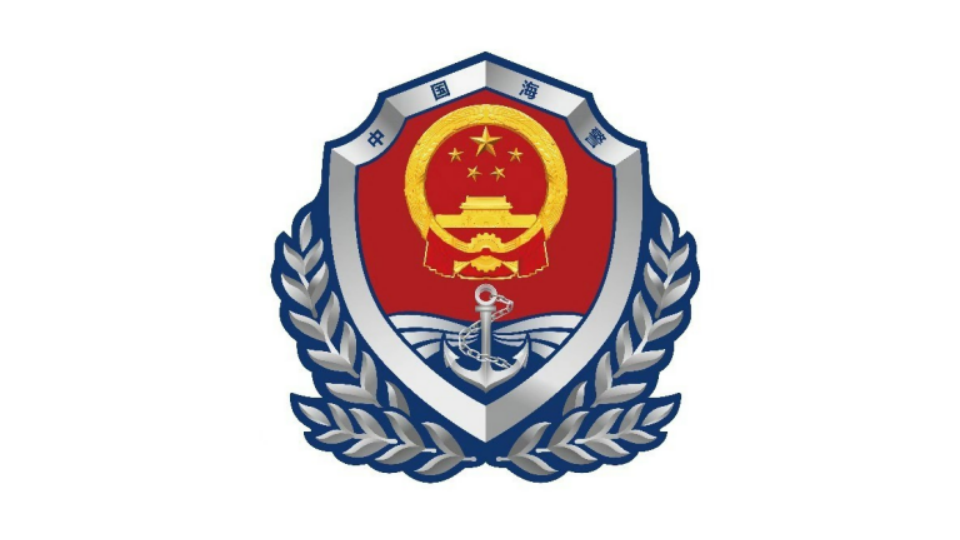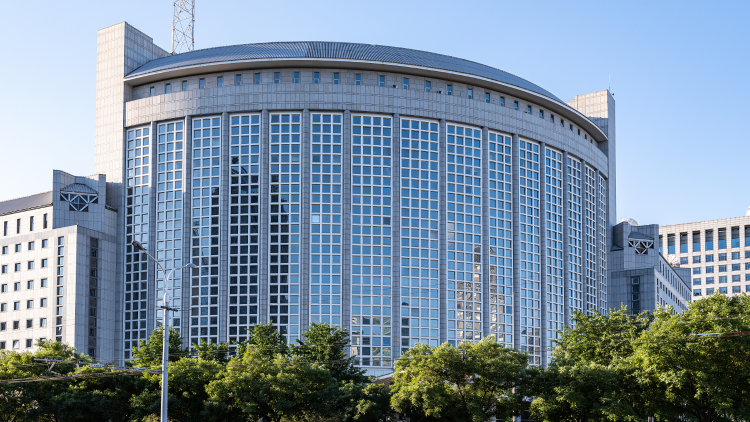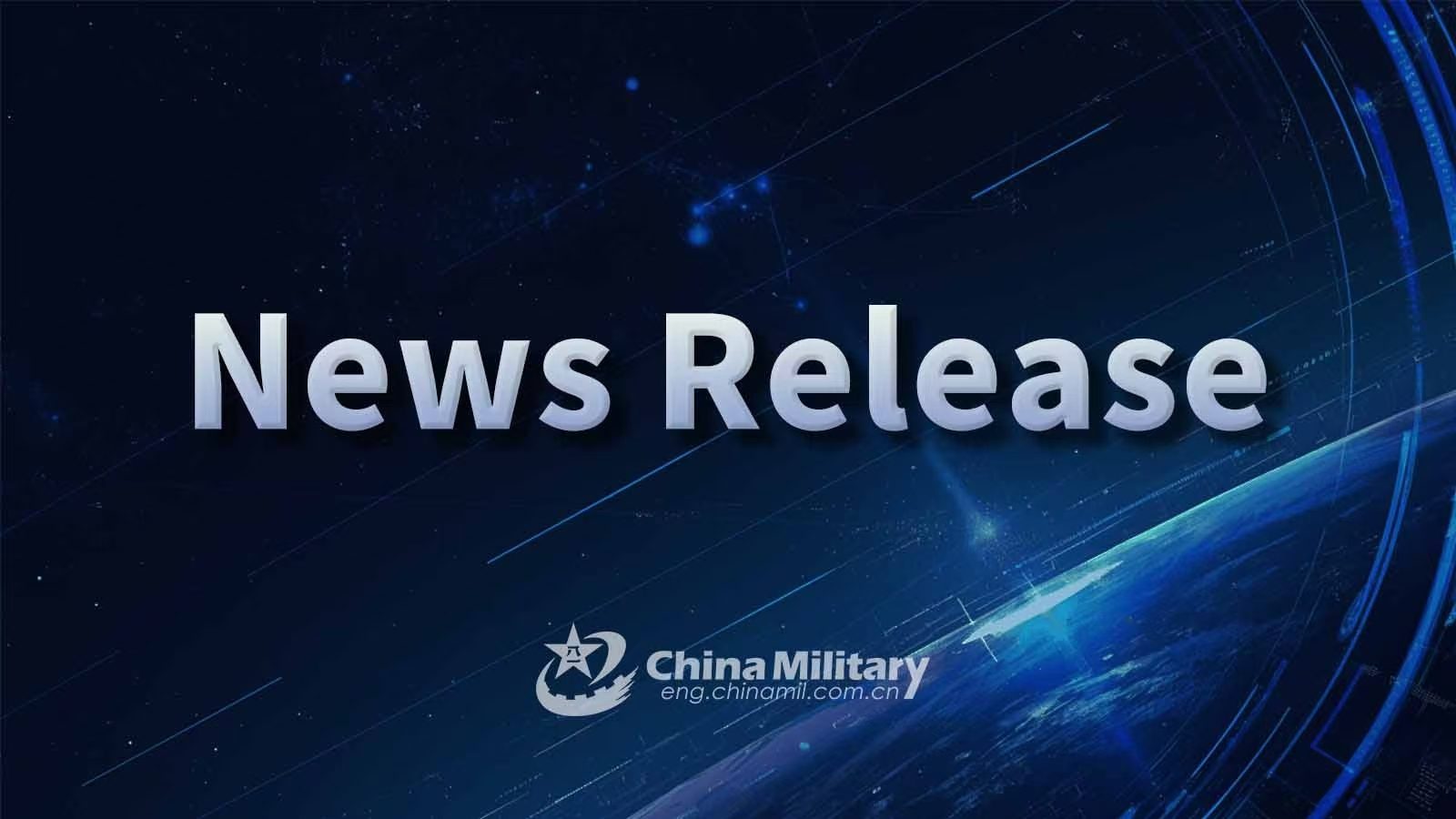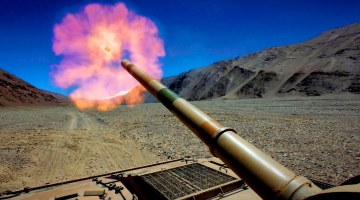By Hua Dan and Wang Zeyan
In the annual white paper Defense of Japan 2023, the Japanese government not only identifies China as "an unprecedented and the greatest strategic challenge," but also promotes the development of counterattack capabilities and significantly expands the armaments. Moreover, it introduces the concept of a more aggressive deterrence-building approach. This white paper, released as the first edition following the revision of three security policy documents at the end of the previous year, perpetuates the defense policy tone of shifting from defensive to offensive, straying from the pacifism and the Exclusively Defense-Oriented Policy. This has triggered profound concerns within the international community.
The new edition of Japan's white paper not only repeats the same rhetoric and continues to exaggerate the so-called "China threat", but also spreads misinformation by sensationalizing the normal construction and development of the Chinese military and its activities, labeling China's military intention as a "major concern" for Japan and the international community. These various attempts to portray regional security threats can hardly mask Japan's intention to seek excuses for its own military expansion and buildup.
Using the pretext of external threats, Japan aims to significantly enhance its military build-up and emphasizes the concept of "deterrence-building." The new white paper outlines Japan's development objectives of military build-up for the next 5 to 10 years based on the perceived "level of threat" and the adversary's attack capabilities. These objectives include enhancing capabilities for stand-off strikes, unmanned operations, and rapid deployments – all with offensive capabilities. Furthermore, the new white paper explicitly states that defense expenditures from 2023 to 2027 will reach an unprecedented 43 trillion yen, with a strong focus on developing various counterattack capabilities.
It's noteworthy that, in order to enhance deterrence and achieve development goals of military build-up, the new white paper places emphasis on how to establish the Architecture for National Defense. This involves understanding the strengths and weaknesses of adversaries in combat domains and adopting the method of new-domain forces with new combat capabilities. It aims to build an overall national defense architecture by integrating its national power, which includes its diplomatic, intelligence, economic, and technological capabilities, and systematically combining all policy means. The new white paper also highlights the importance of advancing cutting-edge equipment and technology development through military-civilian coordination, with the goal of creating the Architecture for National Defense that integrates civilian infrastructure with military capabilities.
To strengthen the Japan-US alliance, Japan's concept of "deterrence-building" naturally involves further alignment with the US. The new white paper calls for enhancing the co-defense capability of the US forces stationed in Japan and promotes the utilization of the so-called Japan-US joint deterrence capabilities. Simultaneously, the white paper proposes that Japan and the US should enhance cooperation in various areas such as air defense, anti-surface warfare, antisubmarine warfare, mine warfare, amphibious operations, airborne operations, intelligence, surveillance, reconnaissance and targeting (ISRT), and even suggests extending the deterrence capabilities centered around nuclear weapons.
Japan's continuous disregard for the constraints of its Pacifist Constitution and the Exclusively Defense-Oriented Policy poses a significant challenge to regional and global peace, security, and stability. It is only through self-reflection on history and a genuine commitment to peace that Japan can gain trust from the international community. The Japanese government should learn profound lessons from history and avoid straying further down a perilous path.













